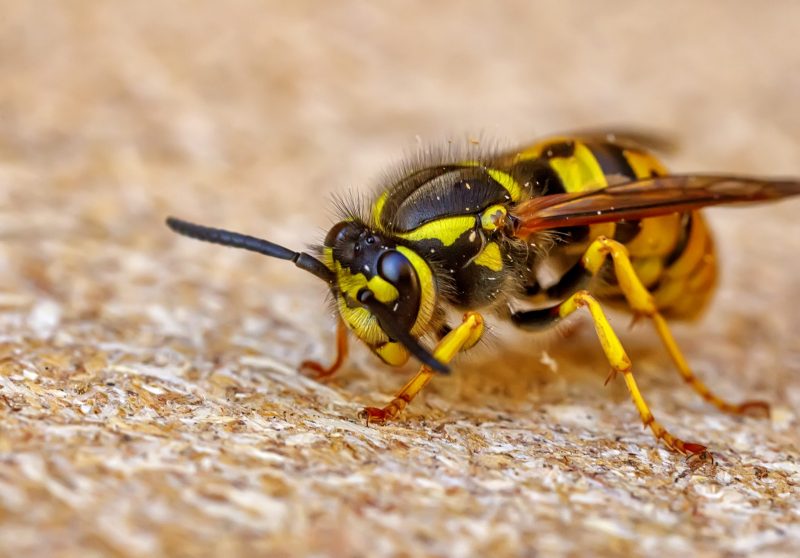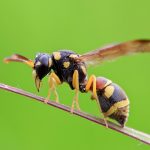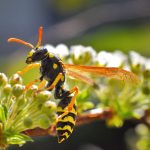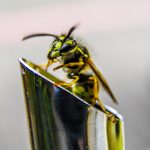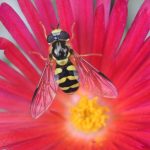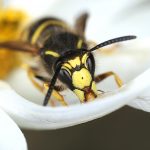Wasps, such as yellow pockets, hornets, and paper wasps, are stinging insects that can be unpleasant at best and cause severe pain at worst. If you’ve seen wasps in your yard, there’s probably a nest someplace on your land.
Wasp nests are formed of identical materials, but their size, shape, and placement vary greatly depending on the species that built them. Nests that like honeycombs or enclosing paper construction are the most common. These compact, strong nests can accommodate up to 10,000 individuals at a time, causing a lot of trouble for you and your property.
Follow along as we go over some basic wasp nest information, such as how wasps make their nests, what they’re made of, and so on.
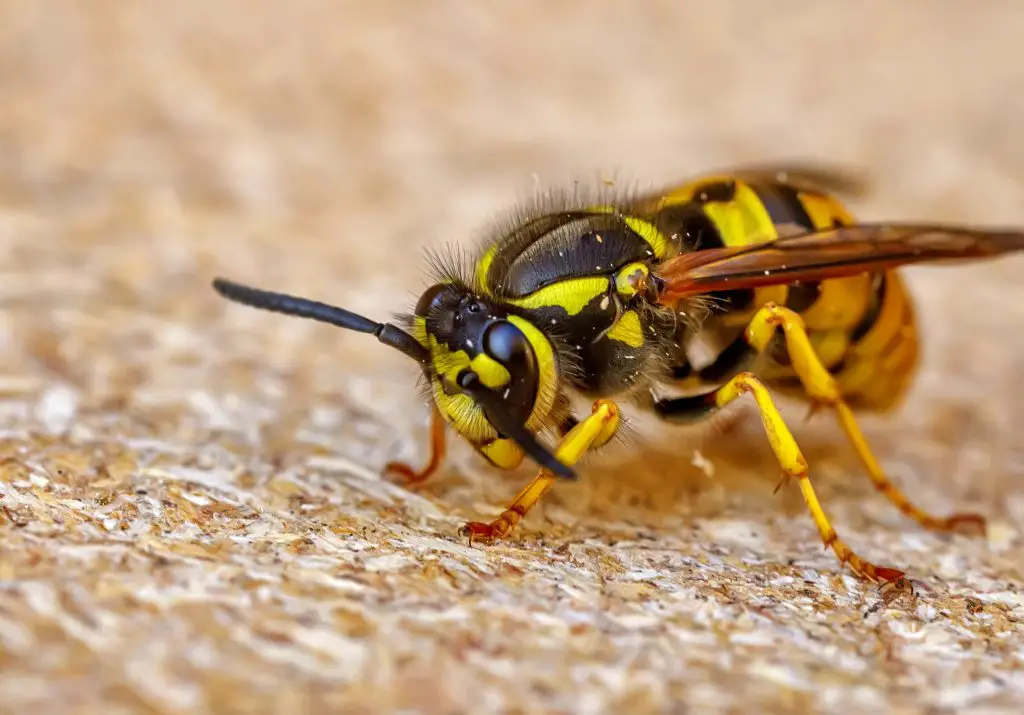
Where Do Wasps Usually Build Their Nests?
Have you ever observed an increase in wasps near your house as the weather warms up? Your home most certainly contains a lot of tucked-away high spots, such as rafters and porch overhangs. Wasps prefer these nesting locations because they are less able to engage with humans, which helps to safeguard them, their queen, and their young.
Other wasp species, such as wasps, yellow jackets, and mud daubers, construct their nests in even more difficult-to-reach locations. Hornets make football-shaped nests on high nearby trees, so if you have a lot of trees in your yard, keep an eye out for obvious signs of a nest. Yellow jackets, on the other hand, construct underground nests.
Mud daubers, a group of slightly extended wasps that use mud to build their nests, have even more fascinating nests that can be found near dwellings. The organ pipe mud dauber makes its home in the shape of a hollow cylinder that resembles an organ pipe and can be found on horizontal or vertical surfaces such as walls, overhangs, and bridges.
Black and yellow mud boxelder bugs create one-cell nests with one egg apiece, which are generally clumped together. The metallic-blue mud dauber is noted for either constructing a new mud nest or restoring an abandoned mud nest of another species. The nests of these two species are frequently found in the same barns and porches.
What Do Wasps Use to Build Their Nests?
Wasps employ a variety of materials to construct their nests, but the most frequent (and abundant) is paper pulp. Raw timber and its saliva are used to make this substance. To start the nest, the queen wasp chooses a good location and looks for wood fiber sources such as logs trees, fences, homes, or even cardboard boxes. The monarch then scrapes off fragments of wood fiber to utilize with her jaws.
The queen’s saliva breaks down the wood fibers in the wood product in her mouth until they produce a soft paper pulp that she can manage. She’ll eventually start building the nest at the construction site. When the worker wasps reach full maturity, which takes around three weeks, they will help the queen expand the nest.
What Is the Life Cycle of Wasps and How Long Do They Live in Each Stage?
The wasps lifespan explained. Wasps undergo a complete metamorphosis, consisting of four stages: egg, larva, pupa, and adult. The egg stage lasts a few days, followed by the larval stage lasting a week. During the pupal stage, lasting about 10-14 days, the transformation into an adult wasp occurs. The adult stage is the final and longest, with wasps typically living for a few weeks to a month.
How Long Does It Take to Build a Wasp Nest?
Because nests are always under development during the spring and summer as the colony grows, a completely formed nest takes roughly 4-6 months to complete. The nests attain their maximum size in the fall, after which they are destroyed because only a fertilized queen can survive.
Any step of a wasp nest’s lifecycle might take place inside or around your home. Of course, this can harm the property’s structure and necessitate costly repairs. Furthermore, you or your family members may come across a nest and be stung.
Call pest control right away if you find a wasp nest in or near your home. They are specially prepared to eliminate wasps and other common pests in a safe and chemical-free manner.
In general, an aerial wasp nest should not present a problem if left alone and not inflamed, in my opinion, based on personal experience from several visitors. Of course, a sting is possible, just as getting bitten by a mosquito is. If you’re worried, you should use a diet-free bug spray and stay away from the nest.

